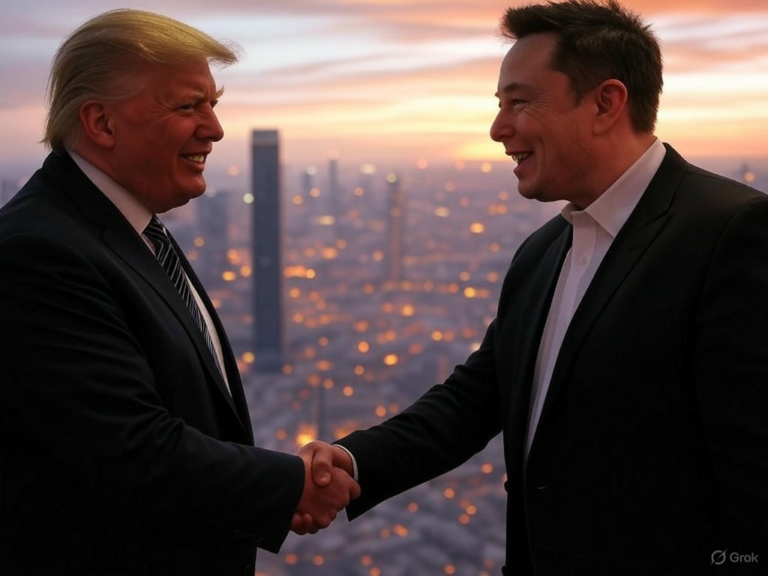
Frozen Russian Assets Transferred to Western Investors by Europe
Overview: Europe’s Landmark Redistribution of Frozen Russian Assets
In the midst of escalating global tensions, Europe has taken a bold step by redistributing €3 billion in frozen Russian assets to Western investors affected by Russia’s recent actions. This decision, managed through the Belgian clearing house Euroclear, highlights a significant evolution in the EU’s sanctions strategy following Russia’s 2022 invasion of Ukraine. Have you ever wondered how international conflicts reshape financial policies? Here, we’re seeing a clear example of that in action.
This move isn’t just about numbers; it’s about balancing justice and retaliation in a complex geopolitical landscape. While the full implications are still unfolding, the redirection of these funds from frozen Russian assets underscores Europe’s commitment to protecting its investors while maintaining pressure on Moscow.
The Background: Sanctions and Asset Freezes Since 2022
Ever since Russia’s full-scale invasion of Ukraine, the European Union has frozen over €180 billion in Russian-owned assets to curb funding for the conflict. Euroclear stepped in as the key guardian, holding these immobilized funds securely. You might think of this as a financial standoff, where frozen Russian assets serve as both leverage and a potential resource for recovery.
- Sanctioned asset pool: More than €180 billion under Euroclear’s watch
- Interest earnings: Often redirected to aid Ukraine’s government and stability efforts
- Russian response: Direct seizures of Western holdings in Russia, sparking a cycle of countermeasures
Turning Point: Russia’s Counteractions
By 2024, Russia escalated things by confiscating property and investments from Western entities on its soil. This forced European leaders to rethink their approach to handling frozen Russian assets, turning what was once a defensive measure into a tool for direct compensation. Imagine if your own investments were suddenly at risk—it’s situations like these that push policymakers to act decisively.
Euroclear’s Role in the Redistribution of Frozen Assets
As one of the world’s top securities depositories, Euroclear in Belgium is orchestrating this complex transfer. New EU rules approved in late 2024 empowered it to start distributing from the pool of frozen Russian assets by March 2025. This isn’t just bureaucratic shuffling; it’s a strategic response to protect investors who’ve suffered losses.
- Redistributed amount: €3 billion drawn from a larger €10 billion in liquid funds
- Legal framework: Updated EU sanctions that enable targeted payouts
- Scope: Focused on those directly harmed by Russian expropriations
- Notification: Clients were alerted in April 2025, ensuring transparency in the process
Why Now? Shifts in EU Sanctions Involving Frozen Russian Assets
For years, the EU hesitated on seizing principal amounts from frozen Russian assets, sticking mostly to using generated interest for aid, like loans to Ukraine. But with Russia’s counter-moves, policies have shifted, allowing for more direct interventions. This change raises an important question: How far should sanctions go to protect global stability?
Legal and Economic Considerations
- EU Amends Sanctions Framework: New laws permit the liquidation and redistribution when justified
- Precedent-Setting Move: This is the first time principal from frozen assets is used for compensation, not just interest
- Retaliatory Nature: A direct reply to Russia’s actions, potentially setting a template for future disputes
The Compensation Mechanism Explained
This €3 billion comes from a broader pool of liquid frozen Russian assets that have been locked since 2022. Western investors will get payouts based on their documented losses, with details kept under wraps for privacy. It’s a fair system, but it prompts us to consider: What safeguards exist to ensure such processes remain equitable?
| Aspect | Details |
|---|---|
| Total Russian assets frozen in Europe | Approximately €183 billion (Euroclear); over €200 billion overall |
| Assets identified for compensation | €3 billion from a €10 billion cash pool |
| Beneficiaries | Western investors impacted by Russian expropriations |
| Impact on Russian state reserves | Minimal, as it spares the bulk of central bank holdings |
Geopolitical and Economic Implications of Frozen Asset Transfers
Transferring frozen Russian assets like this deepens the financial rift between Europe and Russia, though it leaves major reserves intact for ongoing leverage. This could intensify debates over asset rights and spark more retaliation. For investors, it’s a reminder that geopolitics can directly affect portfolios—have you checked how global events might influence your own investments?
- Signals escalation: Heightened economic pressure from the West
- Intensifies legal debates: Questions around sovereignty and international norms
- Potential for future retaliation: Russia may respond with more countermeasures
The Bigger Picture: Asset Seizures and Ukraine’s Reconstruction
Up to now, aid from frozen Russian assets has mainly come from interest earnings, such as the G7’s plan for a $50 billion loan to Ukraine. Yet, as reconstruction needs grow, there’s talk of tapping into more substantial funds. This situation illustrates how one nation’s conflict can ripple into global finance, affecting everything from aid flows to investor confidence.
Ongoing Advocacy for Ukrainian Use of Assets
Ukrainian leaders are pushing for broader access to these resources for defense and rebuilding, but the current focus is on compensating Western investors first. It’s a tough balance—supporting allies while addressing immediate wrongs.
What’s Next? Future of Frozen Russian Assets
This redistribution is just the beginning; expect more discussions on how to handle frozen Russian assets as sanctions persist. European officials will need to weigh legal risks against political demands. If you’re following international affairs, keep an eye on how these decisions evolve—they could influence future economic policies worldwide.
- Legal precedent: A model for handling similar cases
- Increased calls: For more funds to aid Ukraine’s recovery
- Ongoing tension: With potential Russian responses
Conclusion: Europe’s Strategic Reallocation of Frozen Russian Assets
Europe’s approach to redistributing frozen Russian assets to Western investors is a game-changer in sanctions enforcement. It responds to immediate challenges while paving the way for broader discussions on global finance and conflict resolution. What do you think—could this lead to more stable international relations, or escalate tensions further?
If this topic interests you, dive into more resources on EU policies or share your insights in the comments. Let’s keep the conversation going—your thoughts could spark new perspectives.
Sources
- Euromaidan Press. “Europe is about to take €3 billion of Russia’s frozen assets – not for Ukraine, for themselves.” Link
- United24 Media. “Europe to release €3 billion from frozen Russian assets to compensate Western investors.” Link
- The Kyiv Independent. “Belgium’s Euroclear to redistribute $3-4 billion from frozen Russian assets – media reports.” Link
- EADaily. “Euroclear starts paying compensation at the expense of Russian assets – Reuters.” Link
- RBC Ukraine. “EU to seize billions in Russian assets to aid Ukraine.” Link
- CEPR. “Rebuilding Ukraine: Principles and Policies.” Link
- Caliber.AZ. “EU to reallocate frozen Russian cash to Western investors whose assets were seized by Moscow.” Link
- FTSG. “2025 Trends Report.” Link
frozen Russian assets, Euroclear, Western investors, EU sanctions, asset redistribution, Russia Ukraine conflict, sanctions policy, asset seizures, geopolitical implications, investor compensation






